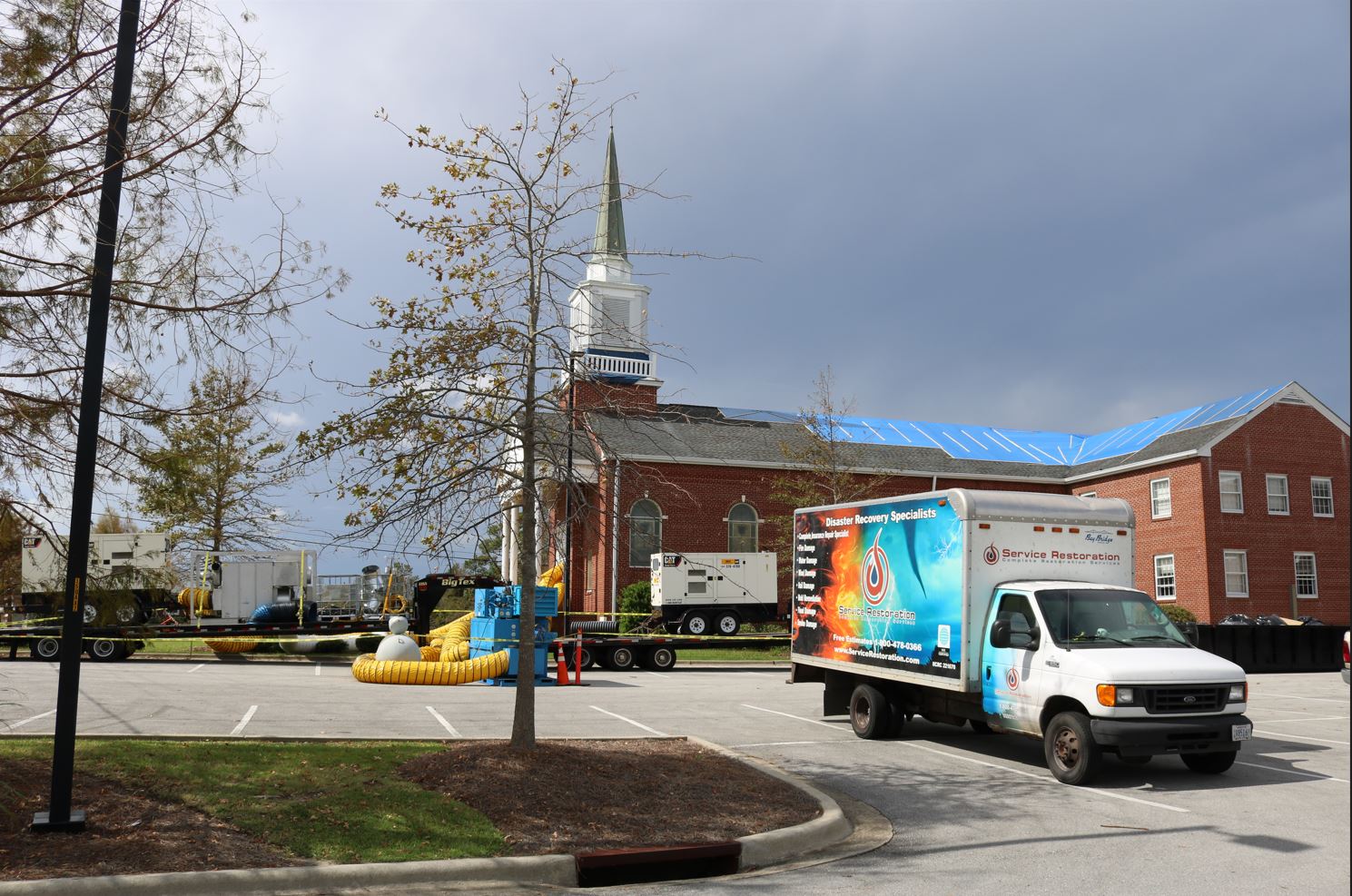You’ve successfully extinguished a small fire in your kitchen, averting a potential disaster. However, as the smoke clears, you’re faced with the aftermath—cleaning up the fire extinguisher residue. This task can be daunting, but knowing the right steps is crucial to ensure the safety and cleanliness of your home. In this comprehensive guide, we’ll walk you through the process of cleaning up fire extinguisher residue effectively and safely.
What Is Fire Extinguisher Residue?
Fire extinguisher residue is the leftover substance after a fire extinguisher has been used. This residue can vary depending on the type of extinguisher used. The most common types include dry chemical, foam, and CO2 extinguishers, each leaving behind different materials that require specific cleaning methods.
Why Is it Important to Clean Up Properly?
The importance of cleaning up fire extinguisher residue cannot be overstated. Not only can the residue be harmful if inhaled or touched, but it can also cause damage to your home and belongings if not cleaned properly. Ensuring a thorough cleanup is essential for the safety of everyone in your household, including pets.
Safety First: Precautions to Take
Personal Protective Equipment (PPE)
Before starting the cleanup process, it’s crucial to wear appropriate personal protective equipment (PPE). This includes gloves, masks, and eye protection to prevent any irritation or harm from the chemicals in the residue.
Ventilation
Ensure the area is well-ventilated. Open windows and doors to allow fresh air to circulate, which helps in dispersing any lingering particles and reducing the risk of inhalation.
Step-by-Step Guide to Cleaning Up Fire Extinguisher Residue
Step 1: Initial Cleanup
Start by removing any large debris or items that were affected by the fire. This will give you better access to the areas covered in residue. Use a dustpan and brush to sweep up any loose particles, being careful not to stir up too much dust.
Step 2: Vacuuming
Use a vacuum cleaner with a HEPA filter to vacuum up the remaining residue. A HEPA filter is crucial as it can trap tiny particles that other filters might miss, preventing them from being released back into the air.
Step 3: Wiping Surfaces
After vacuuming, it’s time to wipe down all surfaces. Use a damp cloth or sponge with mild detergent to gently clean the affected areas. Avoid using harsh chemicals as they can react with the fire extinguisher residue, potentially causing further damage or hazardous fumes.
Step 4: Dealing with Specific Extinguisher Types
Dry Chemical Extinguishers
For residue from dry chemical extinguishers, use a mixture of warm water and baking soda. This combination helps neutralize the acidic components of the residue, making it easier to clean.
Foam Extinguishers
Foam extinguisher residue can be slippery and sticky. Use a solution of warm water and dish soap to break down the foam and clean the surfaces effectively.
CO2 Extinguishers
CO2 extinguishers leave behind minimal residue, primarily consisting of any soot from the fire. A simple wipe down with a damp cloth is usually sufficient.
Step 5. Final Touches and Disposal
Rinse and Repeat
After the initial cleaning, rinse the surfaces with clean water and repeat the process if necessary. This ensures all residue is thoroughly removed.
Proper Disposal
Dispose of the cleaning materials and any contaminated items according to your local waste disposal regulations. Some residues may be considered hazardous waste, so it’s important to follow proper disposal guidelines.
Conclusion

Cleaning up fire extinguisher residue is an essential step after handling a fire emergency. By following the outlined steps and taking the necessary precautions, you can ensure your home is safe and free from harmful residues. Remember, the key is thoroughness and safety—wear your PPE, ventilate the area, and clean carefully. By doing so, you’ll restore your home to a safe and livable condition, ensuring the well-being of everyone in your household. For professional assistance, contact Service Restoration today.















